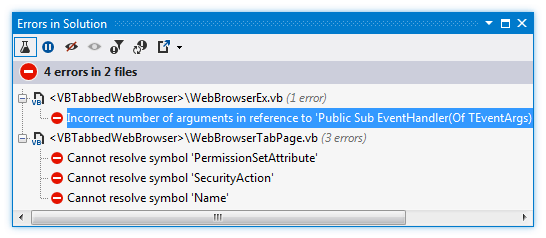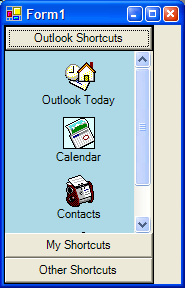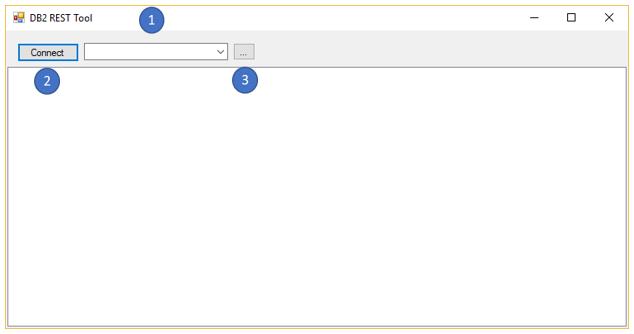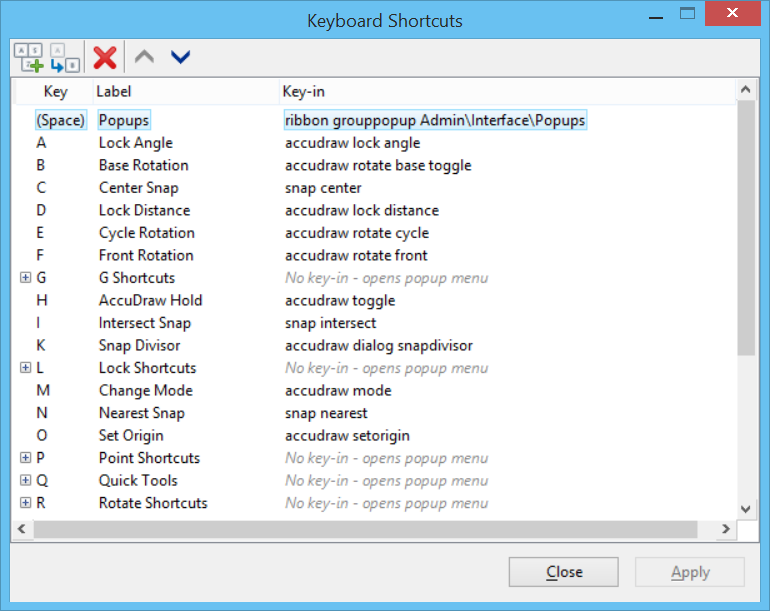

Windows Forms processes keyboard input by raising keyboard events in response to Windows messages. Return MyBase.ProcessCmdKey(msg, keyData) MessageBox.Show("You pressed Right arrow key") MessageBox.Show("You pressed Left arrow key") MessageBox.Show("You pressed Down arrow key") MessageBox.Show("You pressed Up arrow key") Return base.ProcessCmdKey(ref msg, keyData)
VB NET SERVICE ASSIGN HOTKEY HOW TO
How to detect which Arrow Key is pressed ? C# code for capture arrow keys. This ProcessCmdKey is called during message preprocessing to handle command keys, also it is called only when the control is hosted in a Windows Forms application or as an ActiveX control. Protected Overrides Function ProcessCmdKey(ByRef msg As Message, ByVal keyData As Keys) As Boolean Protected override bool ProcessCmdKey(ref Message msg, Keys keyData) In order to capture keystrokes in a Forms control, you must derive a new class that is based on the class of the control that you want, and you override the ProcessCmdKey(). But This event is not raised by noncharacter keys, unlike KeyDown and KeyUp, which are also raised for noncharacter keys Handle arrow key events in Windows Forms in C# and VB.Net The KeyPress event is raised for character keys while the key is pressed and then released. However, not all controls raise these events for all keystrokes under all conditions. In most cases, the standard KeyUp, KeyDown, and KeyPress events are enough to catch and handle keystrokes. Handle arrow key events in c# and vb.net Arrow Key movement on Forms c# and vb.net

You can detect most physical key presses by handling the KeyDown or KeyUp events. Most Windows Forms applications process keyboard input exclusively by handling the keyboard events. Like Operator − It compares a string against a pattern.Detecting arrow keys in winforms C# and vb.net If object1 and object2 both refer to the exact same object instance, result is False otherwise, result is True.

IsNot Operator − It also compares two object reference variables and determines if two object references refer to different objects. If object1 and object2 both refer to the exact same object instance, result is True otherwise, result is False. Is Operator − It compares two object reference variables and determines if two object references refer to the same object without performing value comparisons. Line 5 - b is either greater than or equal to bĪpart from the above, VB.Net provides three more comparison operators, which we will be using in forthcoming chapters however, we give a brief description here. Line 4 - a is either less than or equal to b When the above code is compiled and executed, it produces the following result − Try the following example to understand all the relational operators available in VB.Net −Ĭonsole.WriteLine("Line 1 - a is equal to b")Ĭonsole.WriteLine("Line 1 - a is not equal to b")Ĭonsole.WriteLine("Line 3 - a is greater than b")Ĭonsole.WriteLine("Line 3 - a is not greater than b")Ĭonsole.WriteLine("Line 5 - b is either greater than or equal to b")

Assume variable A holds 10 and variable B holds 20, then − OperatorĬhecks if the values of two operands are equal or not if yes, then condition becomes true.Ĭhecks if the values of two operands are equal or not if values are not equal, then condition becomes true.Ĭhecks if the value of left operand is greater than the value of right operand if yes, then condition becomes true.Ĭhecks if the value of left operand is greater than or equal to the value of right operand if yes, then condition becomes true.Ĭhecks if the value of left operand is less than or equal to the value of right operand if yes, then condition becomes true. Following table shows all the comparison operators supported by VB.Net.


 0 kommentar(er)
0 kommentar(er)
